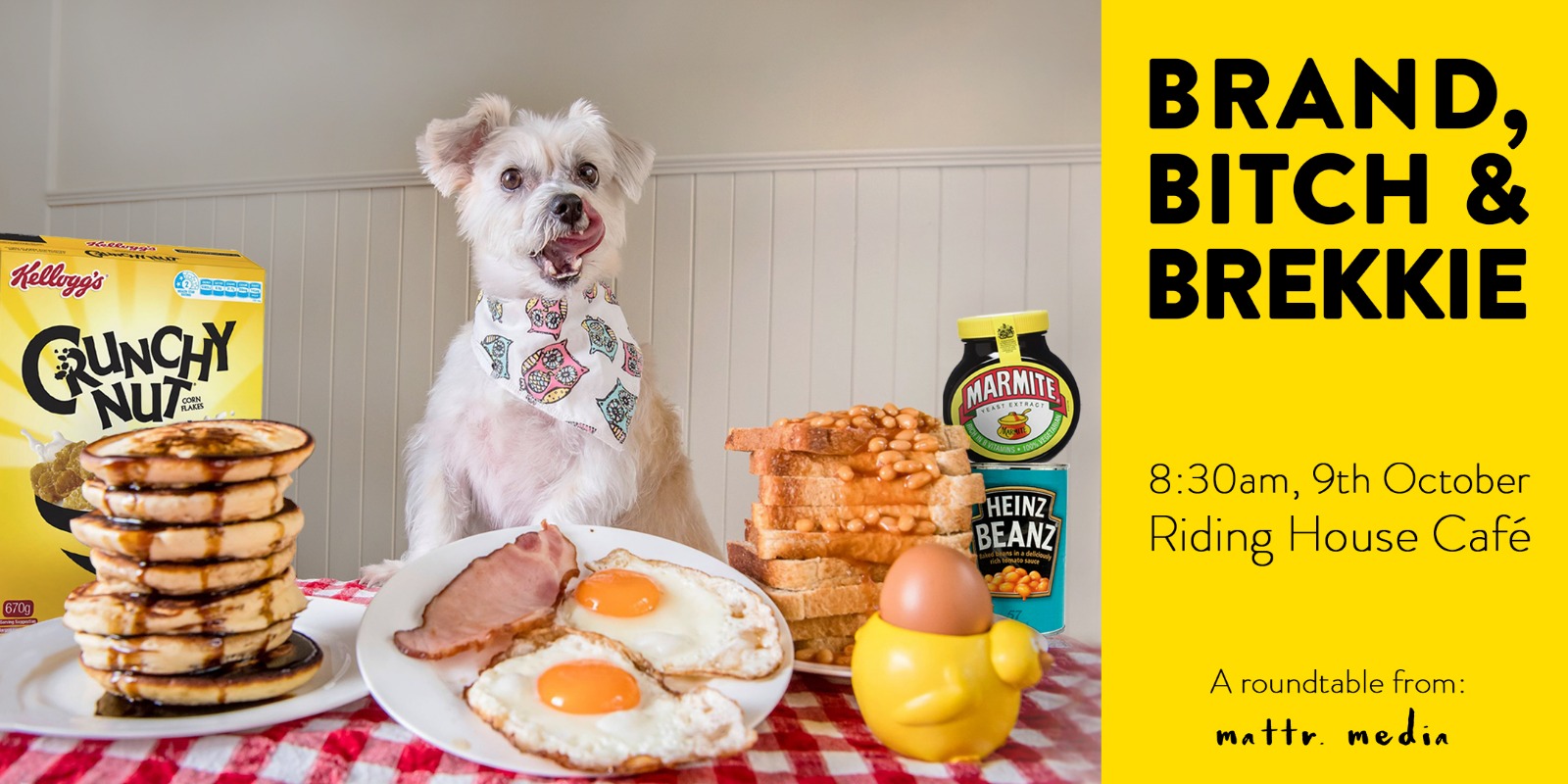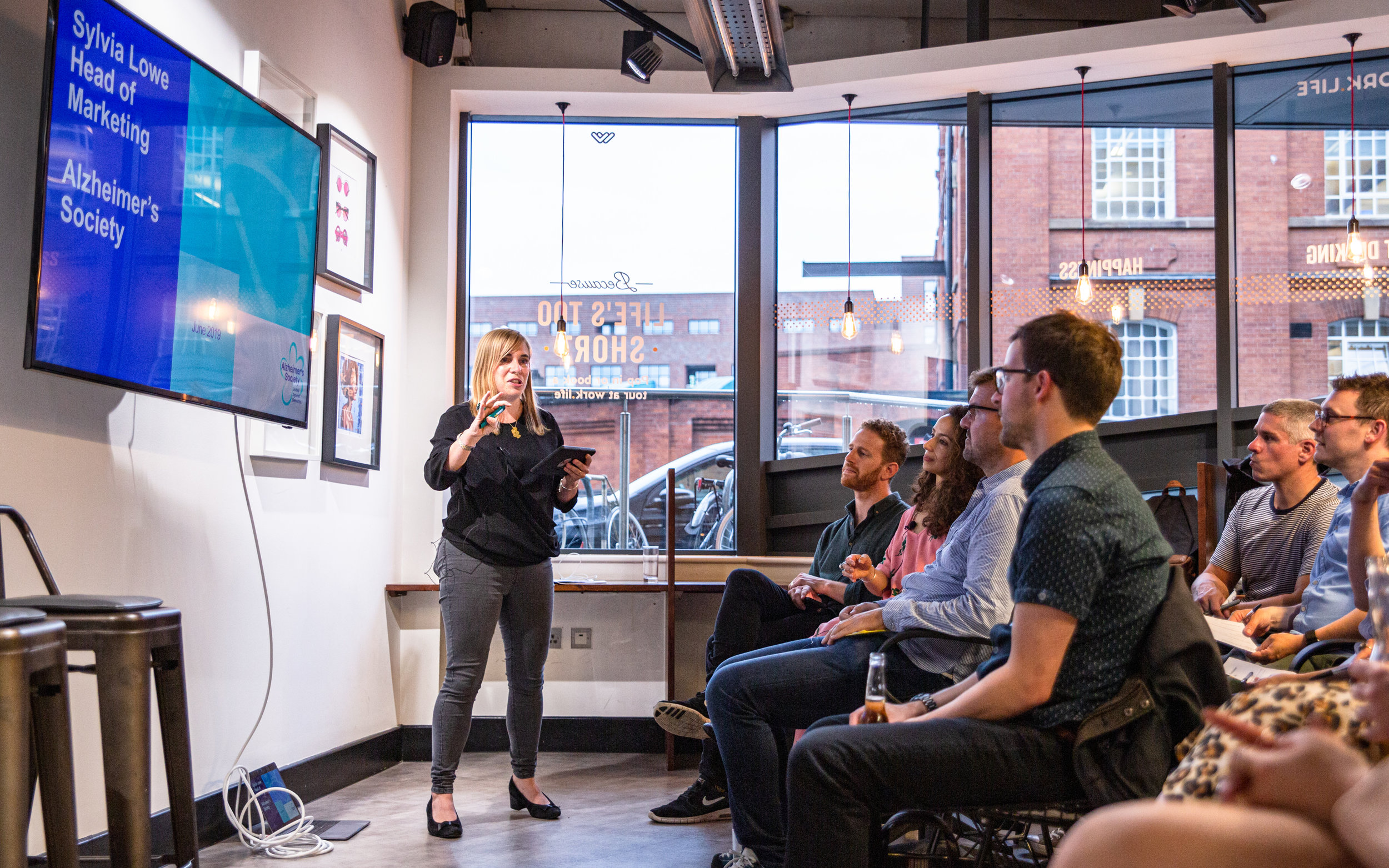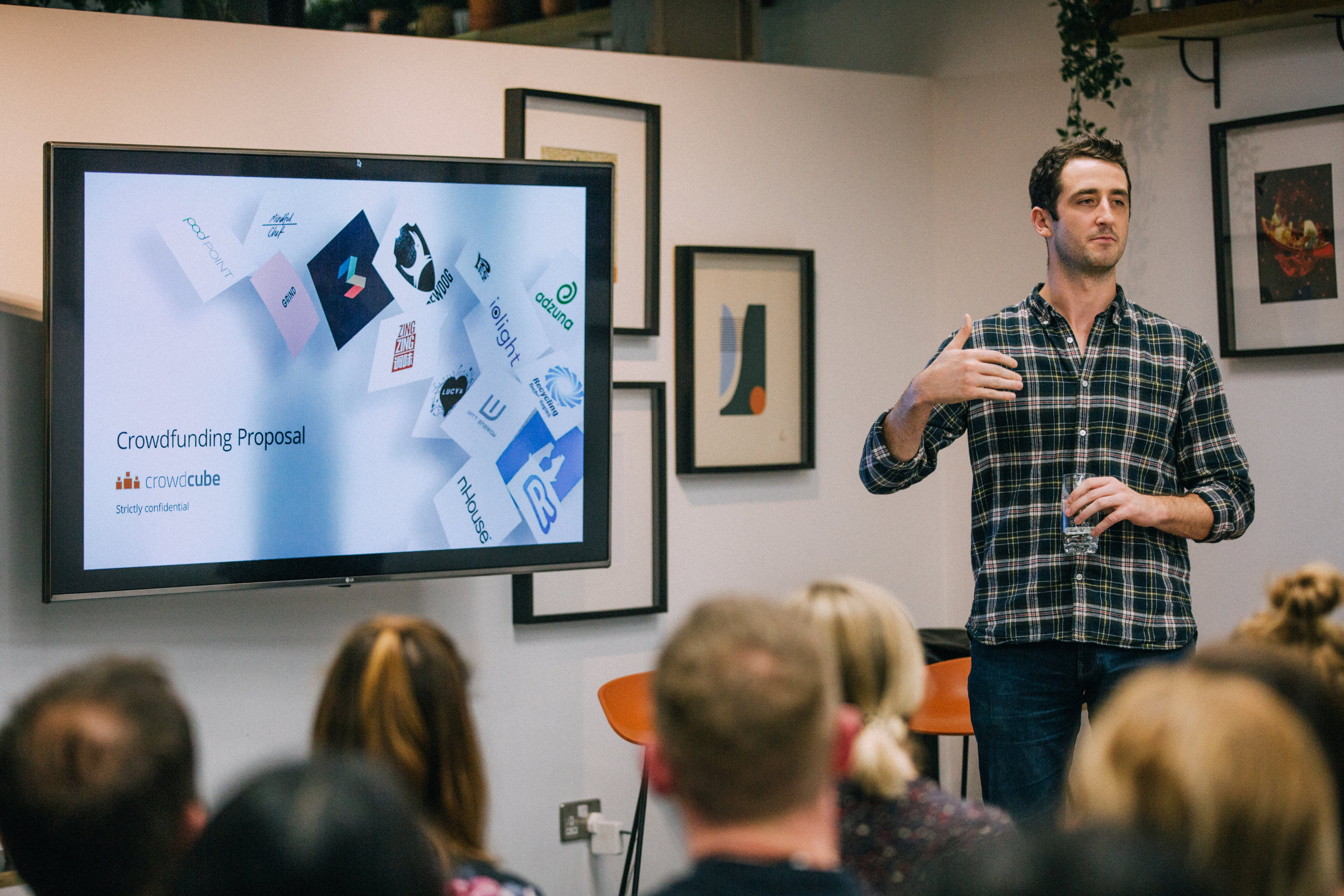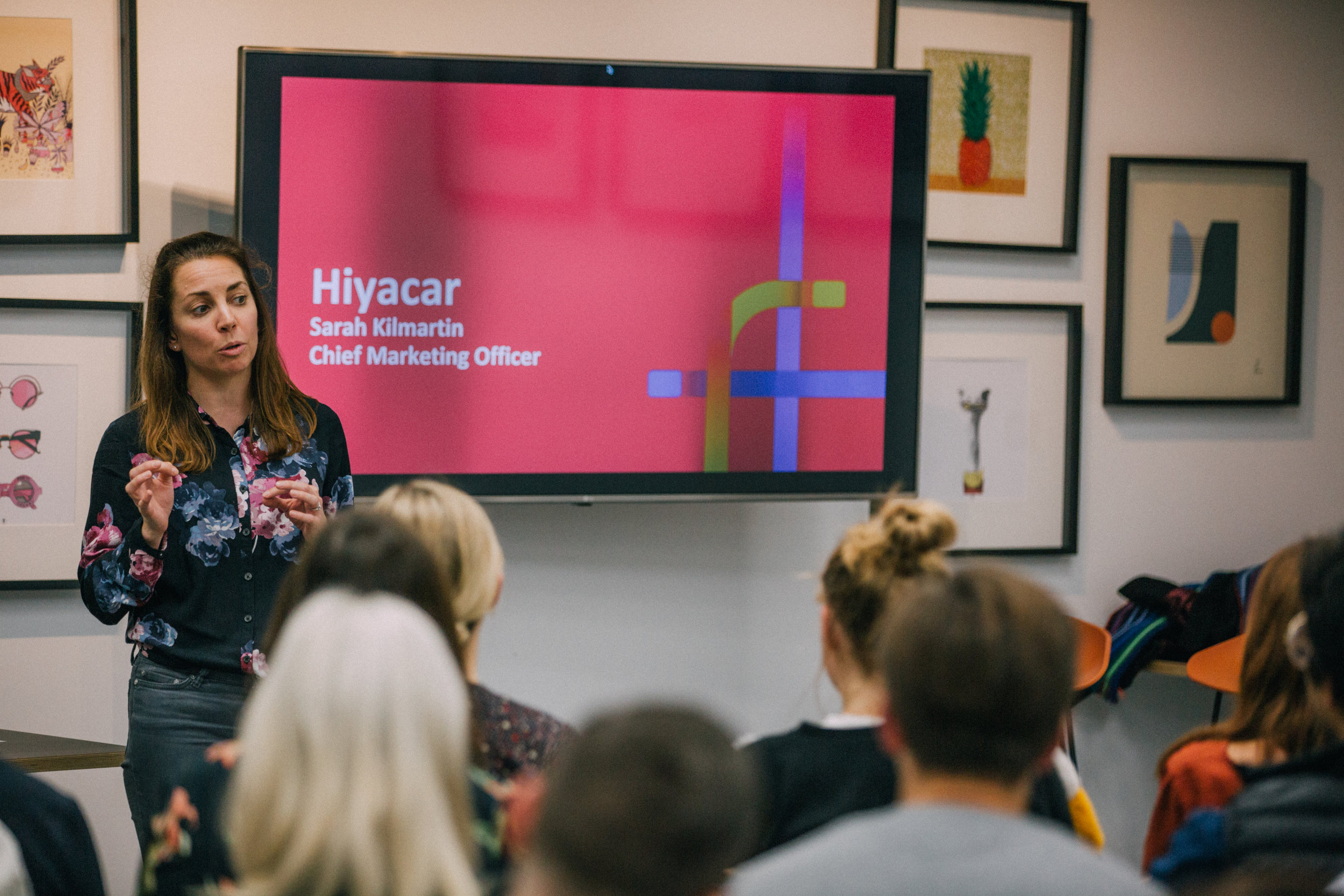It’s no secret, we love sharing the key insights from our breakfast roundtables. Here are the challenges shared from our last one:
Live by the 5 Why’s
One person spoke about the importance of using the 5 why’s - an often forgotten exercise that is really useful when planning your content strategy.
Why?
Because it gets us to really question why someone would care about the content we are planning to produce.
Why?
Because you’ll find insights and quirks that will help your content become more authentic and more ‘on-brand’
Why?
Because this will help directly solve some of your comms challenges you’re facing with your audience
Why?
Because you’ll stop creating content for content’s sake, or worse, content that isn’t achieving the results you want.
Why?
By implementing this process into every part of your marketing strategy you’ll be able to truly understand the core human motivation for the purpose of your content and why your audience is going to engage with it.
You know what we mean?!
Test and learn, but don’t forget to give time to learning
It’s great to see more companies integrate a “growth mindset” culture into their ways of working, and nowhere is this more prevalent than in the content you produce.
But one of our brand marketers confessed that while they test plenty and have weekly meetings to figure out what they’re trying next, they don’t truly allow for time to apply their learnings to it. It’s resulted in a cycle where things end up constantly being revised and sometimes making the same mistakes…
One tip that was shared was to physically document your learnings all in one place and make it available for the whole team to access, essentially creating a publicly available wash-up deck (we’re huge fans of this and do this with each of our clients). But don’t write them just to forget about them the next day, re-visit them before you embark on a new project to remember what particular decisions might not always be wise.
Another more collaborative and emotive version of this pitched to the table was to sit down with every team member involved (including your juniors!) and give each a voice on how they think the project fared.
Showcasing who your company is isn’t a crime
A particular challenge that one marketer confessed is that while they may be good at talking about their products and services, they’re just not good at talking about themselves as a brand.
As a result, some talk about their 1000 person company as if they’re ‘4 guys in a basement’.
To truly solve this challenge, we discussed creating content that gives your stakeholders a voice, showcasing your team and champions your business for its practices not just its products. Of course there should be a balance but it’s no crime to show pride in the company you are a part of.
How to choose your external partners properly
Of course we’ve all got horror stories about working with the wrong people and projects falling flat, so another topic that was discussed round our table (and a very interesting one as the only agency in the room!) was how marketing teams choose their external partners.
A big tip was to trust your gut on whether the agency/partner you’re seeing would be a good cultural fit. Question their working process and especially quiz their buzzwords like “collaboration” to find out what it tangibly looks like in reality.
Another marketer spoke about preferring partners who were honest and realistic about managing expectations as opposed to just being “yes men”. Understanding what can be achieved in given parameters is really important especially if you don’t have as much knowledge about the subject as the agency. Having a partner interrogating your brief from an outsider’s perspective is healthy, as long as they can show they can provide plausible solutions…
Dogs always win
And if all else fails, just shove a dog into your content… (in joke for those in attendance sorry all!)
Like what you’re reading and want to have your slice of the pie? Book a ticket to the next Brand, Bitch & Brekkie on March 11th. Only a couple of tickets left so book quick to eat a great breakfast and chat through everything going on right now.
Or, you can book yourself in for our new BONUS edition looking at the ins and outs of creating impactful video content on March 17th…
Email sunnii@mattr.media if you’ve got any questions!





































